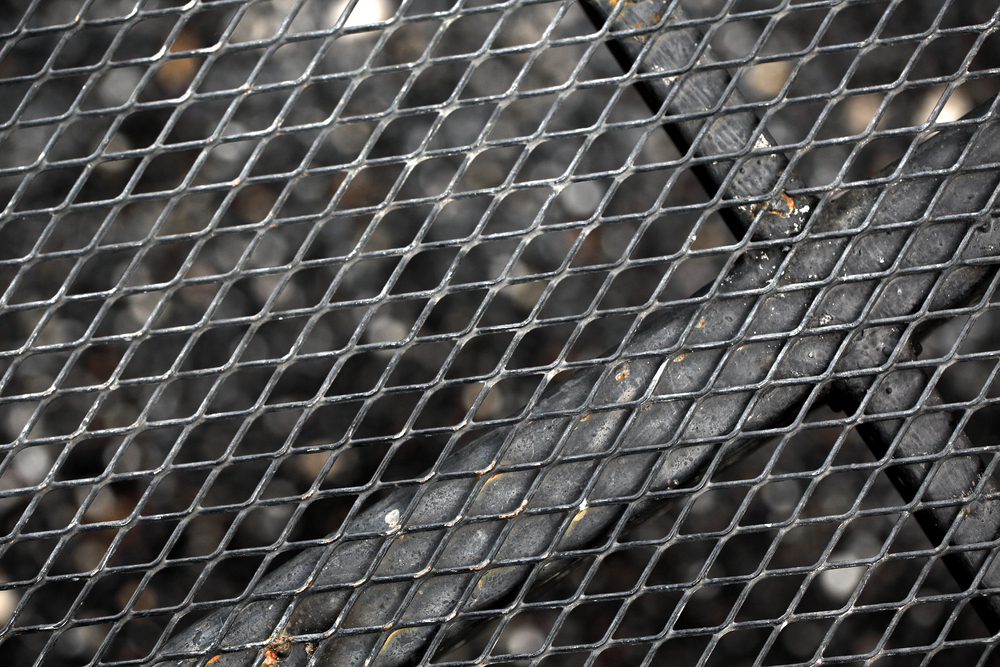A steel beam is designed to support large loads. Due to the variety of sizes and types available, steel beams are used in various ways while constructing structures and buildings. The construction specifications determine the geometry, size, and shape of beams. You should also know about lip channel use.
Based on cross sections, many types of beams:
- T-beam: This beam has a T cross-section, as its name implies.
- Channels: These beams, which also go by the name C beams, have a C cross-section.
- Wide flange beams are also referred to as H or W beams. They feature wider flanges than typical I beams and do not have tapered edges.
- I-beam: This beam type is sometimes referred to as a junior beam or a Standard American Beam. Its cross-section is I-shaped.

Extrusion of aluminum: what is it?
Aluminum extrusion has seen substantial growth in application in product design and manufacturing over the past few decades. Aluminum alloy is widely used and is forced through a die with a specified cross-sectional profile during the aluminum extrusion in Singapore. A tube of toothpaste is released using a tube of toothpaste to squeeze aluminum extrusion.
The pressure is comparable to the pressure you would use to squeeze toothpaste from a tube with your fingers. Angles, channels, and round tubes are a few of the most popular extruded shapes illustrated below. Drawings needed to make the dies are at the top, while images of the completed aluminum profiles are at the bottom.
What is Expanded Metal?
Multiple slits are first cut into the metal sheet, and then the sheet is stretched to form an expanded metal mesh. One of the strands emerges at an unusual angle in a diamond pattern due to the stretching. If desired, these elevated strands can later in the process be flattened. As you can see, this procedure does not produce waste, which lowers production costs, and it can give the product more structural strength. Sheet metal can be sliced and twisted into various shapes despite being thin and flat. The thickness of sheet metal is ordinarily measured in millimeters everywhere else. Cold-rolled steel, mild steel, stainless steel, tin, nickel, titanium, aluminum, brass, and copper are among the metals used in the sheet metal industry.

Slotted Angle Shelving: What Is It?
Every industry extensively uses slotted angle bar shelving as a practical storage solution for warehousing and other storage requirements. Heavy-duty, portable, and reusable metal racks are placed in the desired storage configuration for this shelf system. Nuts and bolts are used widely to assemble and build these metal frameworks. Slotted angle racks are inexpensive and straightforward to install. One of the best warehouse storage options is this style of organization.
Although there are other options, such as aluminum, steel is the most frequently used material for slotted shelving. Pressing machines shape the angles and punch the holes in the sheet metal used to make slotted shelves. Metal strips are coated to keep them from rusting. The demand for unistrut Singapore is increased over time.
No comments:
Post a Comment